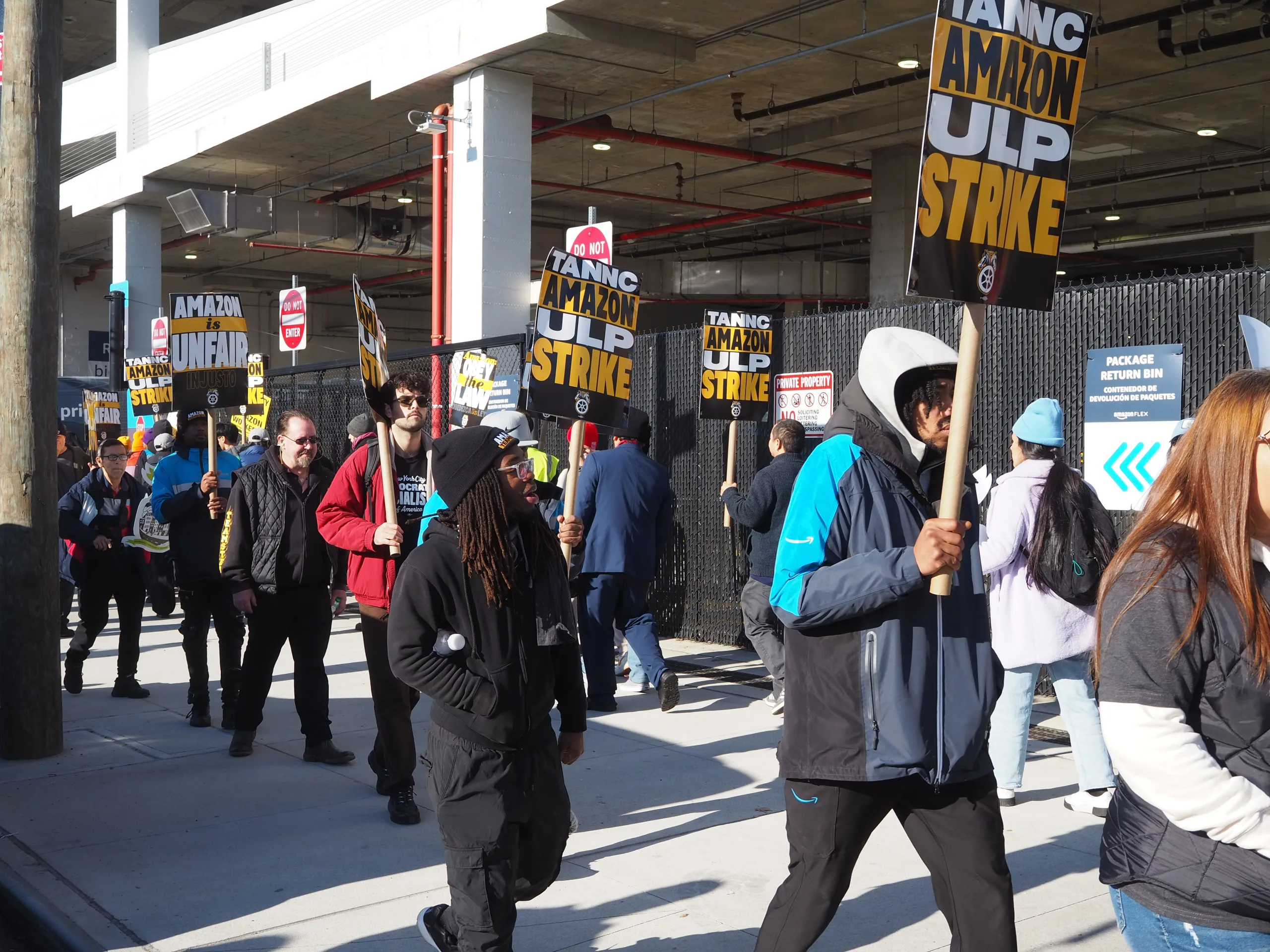This summary was featured in Documented’s Early Arrival newsletter. You can subscribe to receive it in your inbox three times per week here.
Chinese technology company ZTE Corporation allegedly had Chinese nationals in the U.S. on research visas working illegally for the company in New Jersey, an FBI agent recently confirmed. The development comes in the court case of Gee-Kung Chang, a Georgia Tech professor, and Jianjun Yu, a former ZTE research director in New Jersey. Chang and Yu allegedly conspired to bring individuals into the U.S. under the guise they would be doing research at Georgia Tech, where Chang worked. But those individuals barely spent time there before moving to New Jersey. They allegedly conspired to use J-1 visas for the individuals to work at ZTE because it was a “cheaper, faster, easier way,” an assistant U.S. attorney argues. Prior to this incident, ZTE Corporation was already facing probation from a 2017 court case where it pleaded guilty to illegally exporting U.S. technology in violation of trade sanctions. Reuters
In other federal immigration news…
Intergovernmental Contracts: How ICE Holds Immigrant Detainees in Local and State Jails
📍Documented Original
The latest addition to Documented’s Glossary — a resource guide full of information on the U.S. immigration system — is a detailed examination of an intergovernmental service agreement, also known as an IGSA contract. IGSAs create contracts between ICE and local jails that are willing to have “administrative detainees,” or immigrants who haven’t been charged with criminal violations. Facilities under the contract are paid by the federal government for each person they hold on immigration charges. The Theo Lacy Facility in Orange, California, for example, held around 500 individuals for ICE and received $118 per person per day, which totaled around $59,000 daily in 2017, data shows. In FY 2019, there were a total of 116 facilities with IGSA contracts. Take a look at the explainer on Documented.
ICYMI: This Court Case Helps Limit Immigrants’ Time Spent Waiting for Bail Hearings
📍Documented Original
We wrote a detailed examination of the court case Lora v. Shanahan, which created the rule that detained immigrants must have a bail hearing within 6 months. Our reader, Amy Belsher, an attorney at ACLU of New York, flagged a technicality on the case: In 2018, following the Supreme Court’s decision on the case Jennings v. Rodriguez, the decision on Lora v. Shanahan was vacated and the six month rule is no longer in place, though it helped a lot of people during the period it existed. The Supreme Court’s decision in Jennings v. Rodriguez held that the statutory reasoning the Lora decision was based on was incorrect. “Since Jennings, advocates have continued to bring challenges to detention exceeding six months,” Belsher said. The advocates argue that “the constitutional reasoning in Lora is persuasive, though not binding.” One of such cases is currently pending before the Second Circuit. Read more about the case on Documented.
Immigration Pathway Necessary to Boost Home-Based Care Workforce in the U.S.
Current immigration policy limits the pool of workers needed for home-based care now and in the future, argues Kristie De Peña, vice president for policy and director of immigration at the Niskanen Center, which advocates for immigration reform. The situation has been a “slow-growing emergency that we have an opportunity to prepare for,” she said. Many Americans are reluctant to take home care jobs, so they often fall to foreign workers, and demand is rising. A report from PHI last year shows that by 2029, more than 7 million direct care workers will be needed in the U.S., and at least 4.5 million of those will need to be home care workers. Home Health Care News
Immigration Law Trends to Watch in 2022
So far this year, U.S. immigration law has seen significant developments. The Biden administration has worked to attract international STEM talent by way of four visa categories. Also, the civil rights division of the Department of Justice is using its enforcement of anti-discrimination provisions of the Immigration and Nationality Act to focus on protecting U.S. citizen workers, though it has expanded its investigations to include non-citizens as well. Meanwhile, late last year, ICE announced an extension to I-9 compliance flexibility to April 30, 2022. As the year goes on, more business immigrant visas could become available under the most recent iteration of the Build Back Better reconciliation bill. National Law Review















